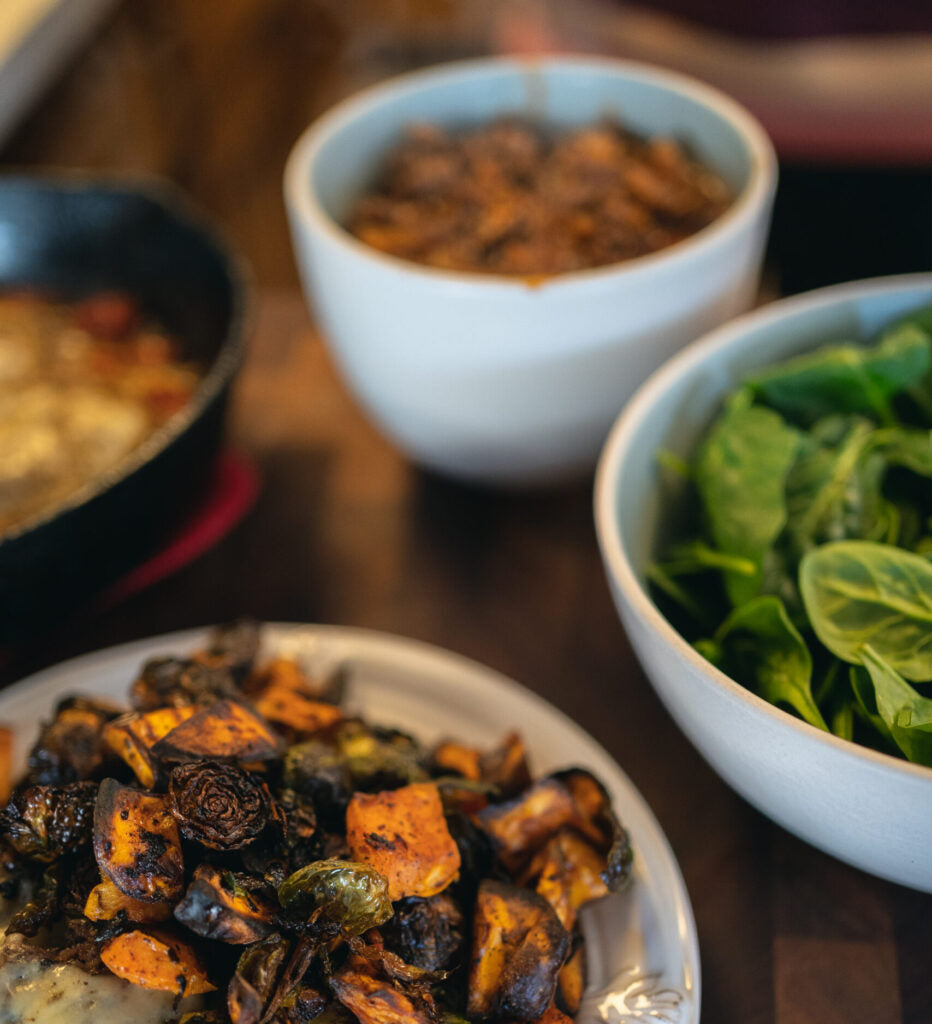Losing and gaining weight – whether fat or muscle – happens through energy in and out. Burn more energy than you consume in the form of calories, and you’ll lose weight.
However, not all calories are created equal. Protein builds muscle, which helps you burn more calories at rest. And lean muscle defines and shapes your body too.
Carbohydrates give you energy and help you recover from those muscle-building workouts faster. And fats help your hormones do their jobs for your overall health.
(There’s much more to all of this, of course, but let’s stay simple for now.)
Counting macros is a process of tracking your intake of protein, fats, and carbs throughout the day, as well as your overall calories.






